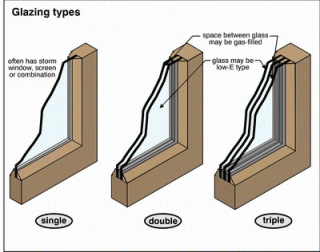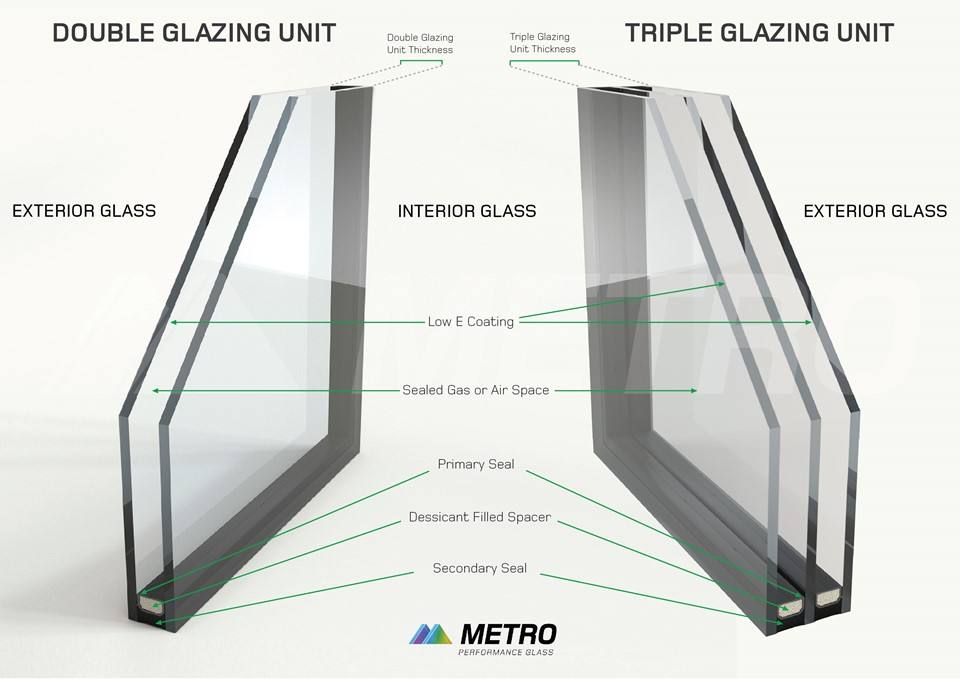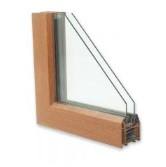- Float Glass.
- Toughened Glass.
- Tinted Glass.
- Obscured Glass.
- Laminated Glass.
- Mirrored Glass.
- Low emissivity (Low-E Glass).
- Low iron glass.
- Coated Glass.
- Patterned / Decorative.
- Wired Glass.
- Painted Glass.
- Self cleaning glass.
Please see the description below:
Float Glass:
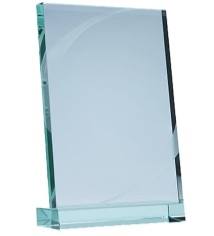
What is it?
- High degree of light transmission.
- Range of colours available.
- Can be created in different opacities.
Why is it used?
- As the most basic type of glass there is, float glass is a starting material used when processing to create laminated, toughened and coated glass.
- It is available in a variety of sizes and thicknesses and is used in the glass cutting process so it can be cut to the exact size required for the application.
Toughened Glass:
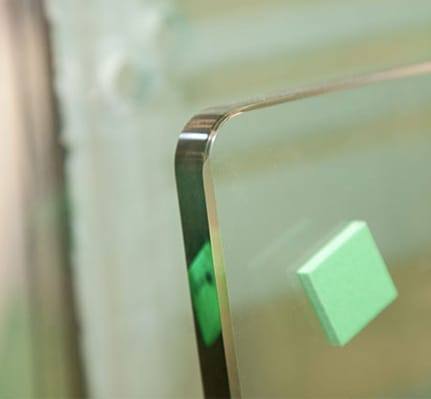
What is it?
- Also known as tempered glass, toughened glass is created using the thermal tempering process.
- Structural durability - ultimate safety glass.
- Thermal strength.
- During the toughening process, the colour, clarity, composition, light transmission and hardness do not change.
Why is it used?
- Toughened glass can withstand high temperatures, making it ideal for splashbacks in the kitchen and bathroom areas.
- Highly resistant to breakages (the panels stay together when broken) - when used for shop front and window displays, toughened glass helps to improve the safety and security of a property.
- It’s worth noting that this type of glass cannot be re-cut after it has been toughened; it must be cut prior to the toughening process.
More in details:
Safety glass is toughened by heating the pane to extreme temperatures over 600-700˚C and then cooled rapidly. This results in a change to the break pattern of the glass.
When safety glass is broken, it forms a pattern of small pieces that reduces any risk of injury – compared to standard glass with a break pattern of large shards.
Toughened or safety glass is required by building regulations in glazed doors and windows at ground level:
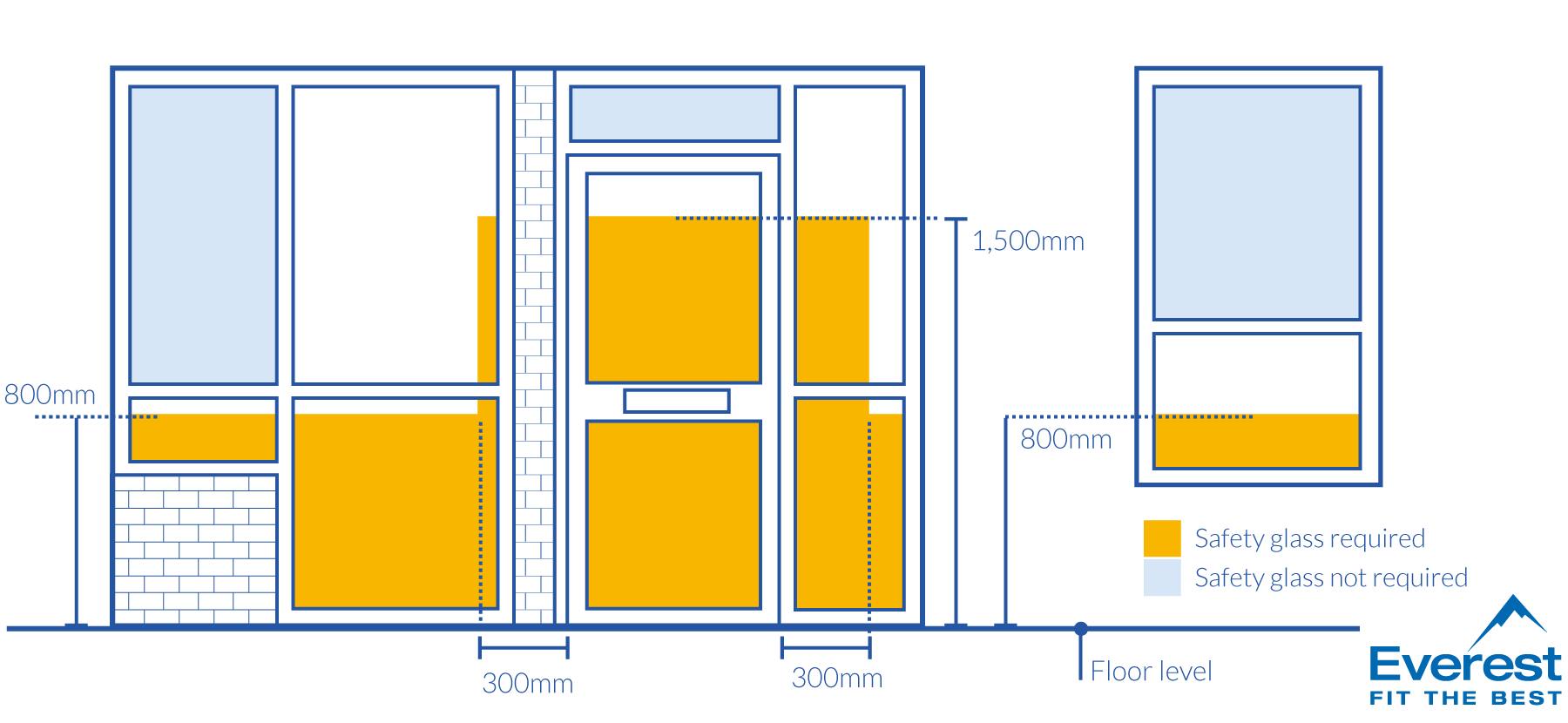
Building regulations stipulate that any glazing to the following areas must be safety toughened glass:
- Doors up to 1500mm from the floor
- Windows up to 800mm from the floor
- Side panels to a door within 300mm to the sides of the door
Note:
A British Standard for the manufacture of thermally toughened safety glass, BS EN 12150 covers tolerances, flatness, edge-work, fragmentation and physical and mechanical characteristics of flat thermally toughened safety glass. Please contact us for more information.
Tinted Glass:
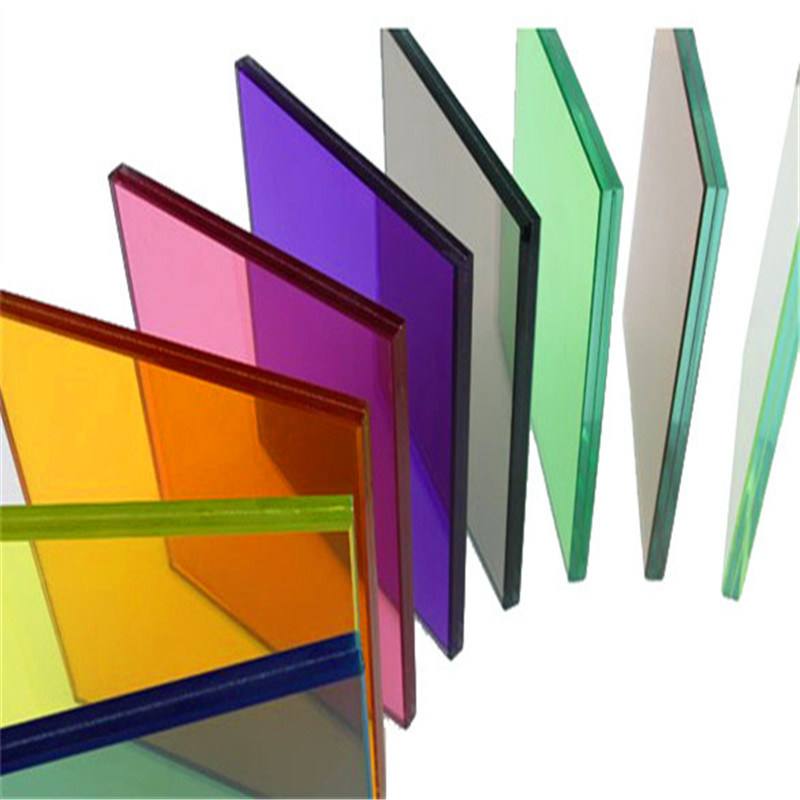
What is it?
- Colour is added to the glass composition to create a tint.
- It is made by altering the chemical formulation of the glass.
- Its colour and density changes with the thickness of the glass.
Why is it used?
- Climate control
- UV protection - it reduces glare and the amount of solar energy transmitted through the glass.
- Aesthetics - the colour is durable and does not change over time.
- Privacy - maintains transparency from the inside, but brightness of the outward view is reduced and the colour of the light is changed, preventing passersby from peering into the property.
Obscured Glass:
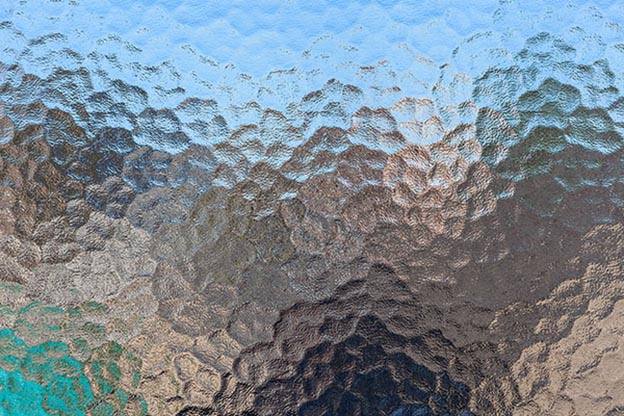
What is it?
- Patterned or frosted glass which blurs images or prevents the glass from being clearly seen through.
- Used in both domestic and commercial settings.
- Often available in a textured pattern.
Why is it used?
- Offers privacy while also letting light in.
- Often used for its stylish aesthetics as a form of decoration.
- Increases security through its obscured view, while still letting light flow through.
More in details:
Obscure glass (sometimes called privacy glass) allows you to have more privacy in a room but without the need for blinds so you can retain the natural light. Toilets, bathrooms, glazing in a front door facing a road or a bedroom overlooked by a neighbour can all benefit from privacy glass.
Technically, there are two types of obscure glass:
- Acid-etched
After glass production, acid or caustic substance etches into the surface of the glass to leave a frosted appearance. Where the acid is masked off during the process, the glass remains clear, so a pattern, door number or word can be applied to the glass.
- Textured
Textured glass is formed in the production line when a piece of molten glass is pressed into a pattern mould. Once cooled, the glass retains a tactile pattern.
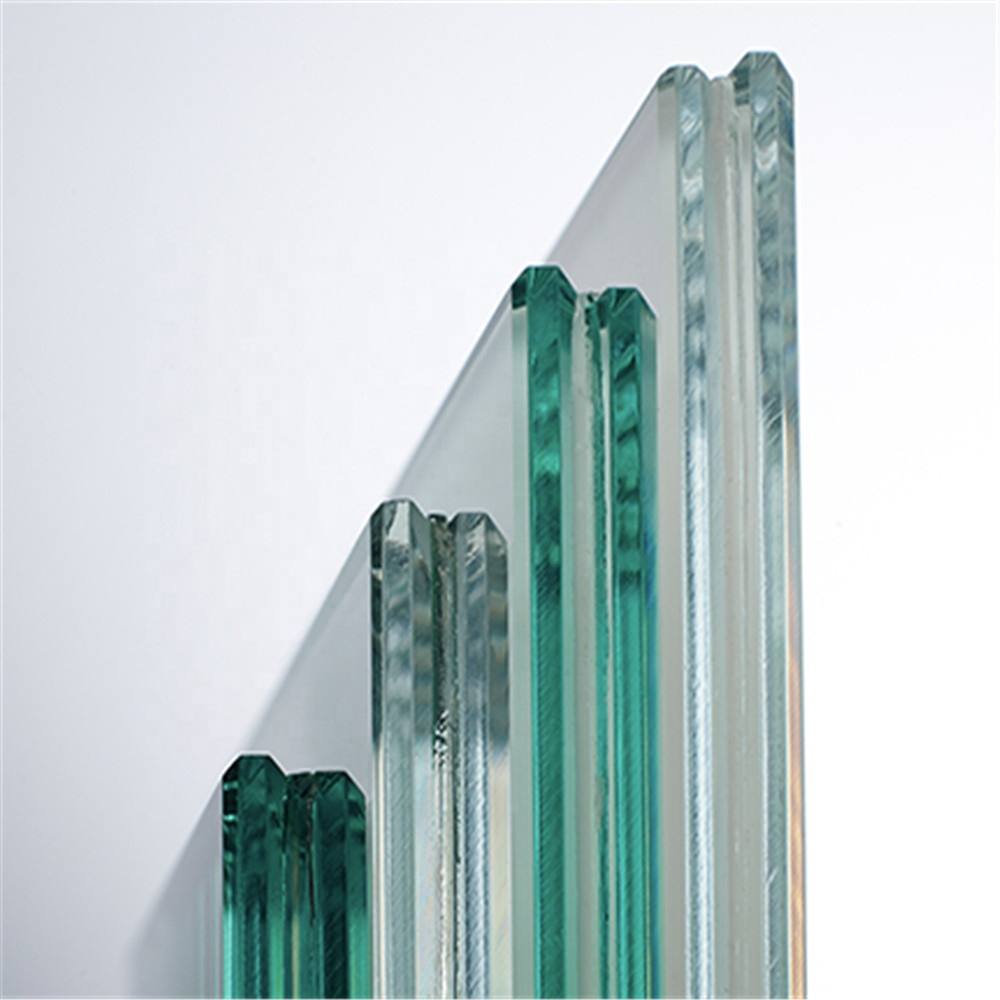
What is it?
- Made from two or more layers of glass separated by a bonded interlayer of plastic.
- Any type of glass can be laminated, from painted to printed.
- Transparency of the glass isn’t altered.
- Must comply with EN ISO 12543 specifications.
Why is it used?
- Strong and durable - it is harder to break than ordinary glass.
- Energy efficiency e.g. heat insulation.
- Sound insulation.
- UV reduction.
- Grade A safety glass that does not shatter and disperse when broken.
- Easy to apply colouring.
More in details:
There are two types of laminated glass: PVB laminated and cast resin laminated glass. PVB laminated is the more commonly used variety.
PVB laminated
Laminated glass has an internal PVB core that makes it much more difficult to break. It is used for safety in skylights to avoid falling glass and for superior security.
The laminated glass is created by sandwiching a layer of PVB (polyvinyl butyral) between two sheets of glass that are bonded together. The result is a super safe glass that doesn’t shatter in the same way that standard glass does. The glass is also much more difficult to smash open as a means to gain entry to a property.
Resin laminated
Resin laminated glass is manufactured by pouring liquid resin into the cavity between two sheets of glass which are held together until the resin cures.
Also sometimes referred to as cast-in-place laminated glass, this method is ideal for laminating glass having a heavily textured or patterned surface.
It is also possible to add a wide variety of colours to the resin for decorative effect. Not all resin laminates have safety performance. They are principally used for decorative and acoustic purposes, where safety performance is normally of secondary importance.
Laminated glass also has the additional benefit of blocking up to 99% of harmful UV, protecting furnishing and fabrics from fading in direct sunlight.
Mirrored Glass:
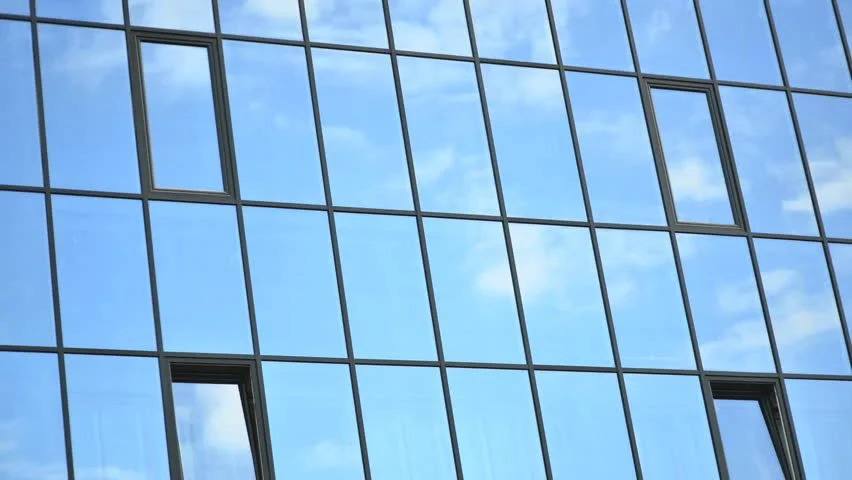
What is it?
A metal coating is applied to one side of the glass and sealed with a protective layer for a mirrored effect.
Why is it used?
- Aesthetic and interior design purposes.
- Can create the illusion of a larger space.
Patterned / Decorative glass:
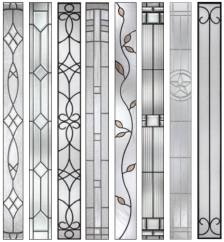
What is it?
- Glass imprinted with a decorative design or pattern.
- Available in toughened and laminated options for enhanced safety.
- Includes etched glass.
Why is it used?
- Aesthetic Purposes
- Privacy
- Internal partitioning in patterned glass allows for lighter rooms/interiors.
Wired Glass:
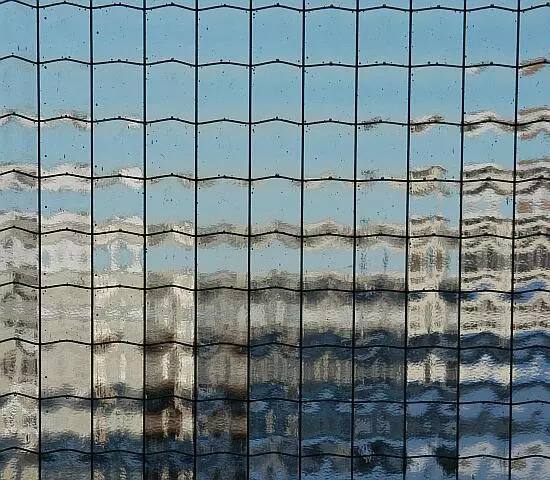
What is it?
- Wire mesh is added into the glass.
- Available in float glass or obscured.
- Specially treated to withstand breakages and the soaring temperatures of a fire.
Why is it used?
- Provides improved safety - it is much more difficult to break than standard glass.
- Fire resistant - it will undergo rigorous testing to ensure all parts are fully reliable in a fire to stop it from spreading.
Painted Glass:
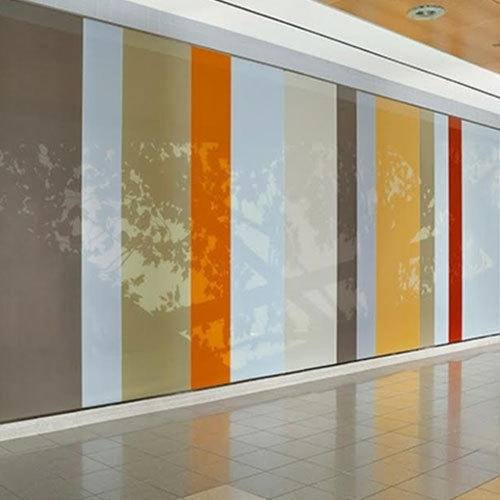
What is it?
- Wire mesh is added into the glass. Available in float glass or obscured.
- Can be applied to any type of glass.
Why is it used?
- Back painted glass instantly injects style and colour into any room.
- Painting the back side of the glass protects the colour from scratches and retains its reflective quality.
Low emissivity - Low-E (double glazing only):
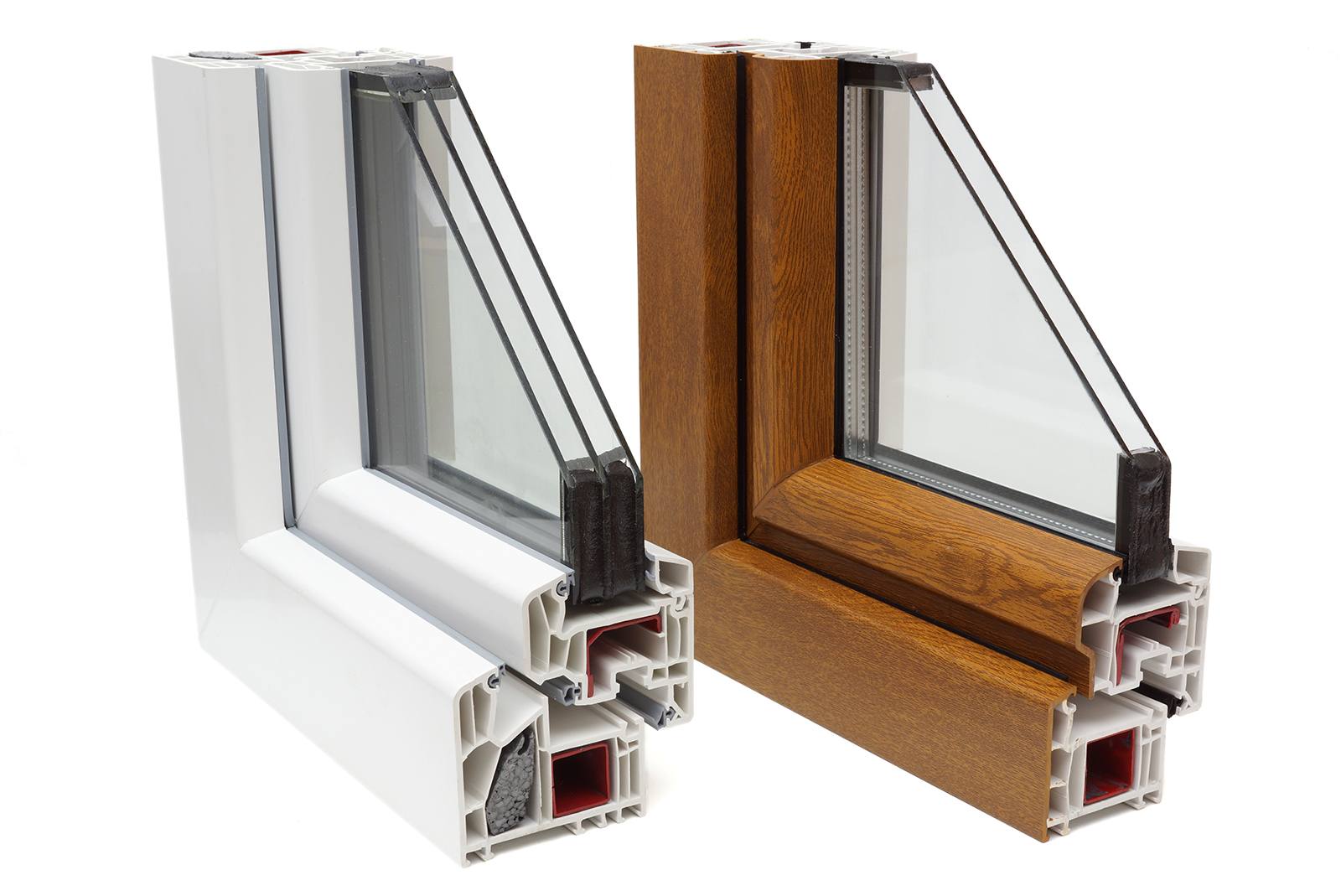
What is it?
- Thin metallic surface coating.
- Reflects thermal radiation.
- Generally only used as a double-glazed unit as this is where it’s most effective.
Why is it used?
- Improves thermal insulation - the coatings tend to hold the heat in the cold weather and reflect the heat when it’s warm, helping your home stay cooler in the summer and warmer in the winter.
- Option to have an argon gas filling and a warm edge spacer bar added which will contribute to better energy rating.
- The coating is applied to the inside of the glass so it won’t scratch off.
- It helps protect any nearby furniture against UV fading.
- It requires no special cleaning.
More in details:
Low emissivity (Low-E) glass
Low-E glass is a type of energy efficient glass. It has a special microscopic coating that reduces heat transfer and reflects interior heat back into the room. The magnetron applied coating (also known as soft coat) is a mixture of metals and oxides that fuse to the surface of the glass and it is this coating that helps to improve the energy efficiency of your home.
The coating is so thin it can’t be seen by the eye and can be compared to the effect of placing a penny coin on the top of the Shard building in London. Low-E glass is used in conjunction with Low iron glass in our Energy Saver Plus double and triple glazing units, to create a very energy efficient window.
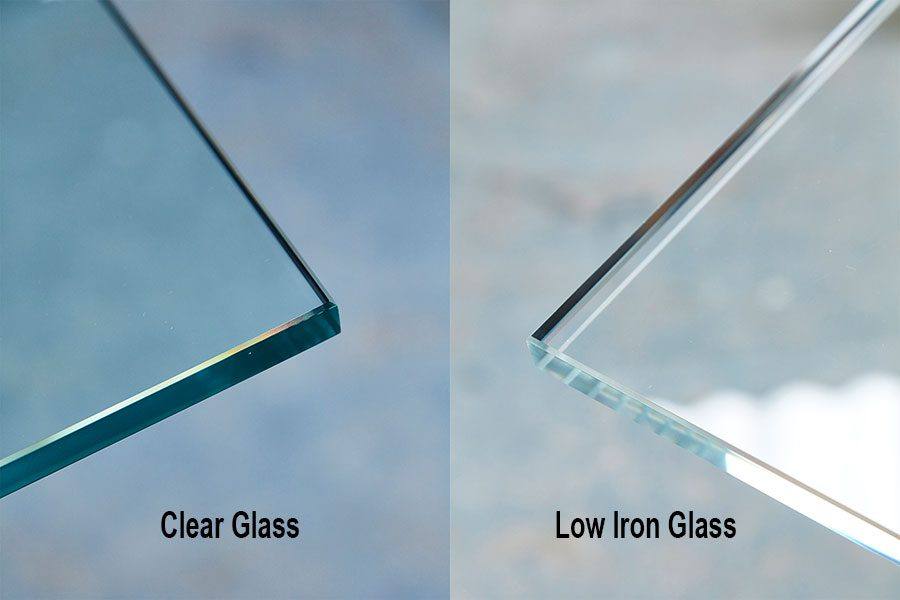
What is it?
- Also known as optically clear glass
- Specially made from silica and contains very low amounts of iron.
- The low iron levels serve to remove the blueish tint that's associated with thicker traditional glass.
Why is it used?
- Low-iron glass provides maximum brightness and clarity with a higher visible light transmittance than traditional clear glass.
- Applications requiring an unrestricted view can see tremendous improvement with the use of low-iron glass over more traditional options.
More in details:
Low-iron glass has a distinct clarity that can allow more UV light through the glass for increased solar gain. Solar panels use low-iron glass for superior harvesting. Low-iron glass has a distinct clarity that can allow more UV light through the glass for increased solar gain. Ordinary glass has 475 parts per million (ppm) of iron content in the glass – which causes the blue/green hue of some types of glass. Low-iron glass has 70% less iron at only 150 ppm, making the glass visibly clearer to the eye. Aquariums and museum displays use low-iron glass for superior visibility.
Coated (double glazing only):
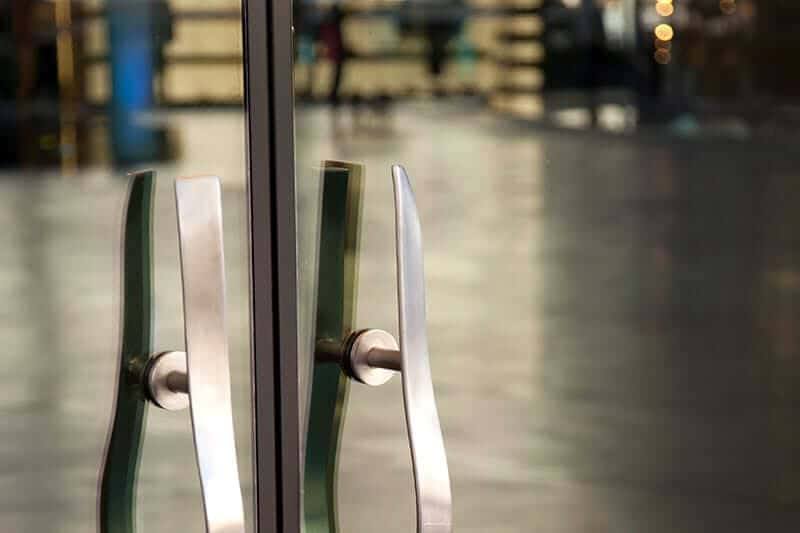
What is it?
- Two panes of glass with a space in the middle to insulate the unit.
- Surface coating can be applied which alters the appearance and makes the surface more scratch resistant.
- Generally only used as a double-glazed unit as this is where it’s most effective.
Why is it used?
- Improves thermal insulation - the coatings tend to hold the heat in the cold weather and reflect the heat when it’s warm, helping your home stay cooler in the summer and warmer in the winter.
- Option to have an argon gas filling and a warm edge spacer bar added which will contribute to better energy rating.
Self-Cleaning glass:

The surface of self-cleaning glass has a thin coating of titanium dioxide which generates a two-stage self-cleaning process.
Photo-catalysis – the titanium dioxide reacts with UV light to chemically break down organic dirt on the glass.
Hydrophilicity – when the surface of the glass is wet, the water forms a thin, even layer rather than droplets and the sheet of water washes away the dirt. Water also dries more quickly and doesn’t streak.
Which is the most safe glass?
Safety glass is defined as glass which must have passed an impact test (currently BS 6206: 1981 - Specification for impact performance requirements for flat safety glass and safety plastics for use in buildings) and either must not break or must break safely.
There are three levels of impact:
- C
- B
- A
‘A’ being the highest. Each involves the glass being impacted by a leather bag containing 45kg of lead shot. (The test roughly simulates the impact of a child weighing 100lbs [45kg] hitting the glass with varying degrees of force.)
Three generic types of glass meet the requirement of this British Standard:
- Laminated Glass
- Toughened Glass
- Wired Safety Glass (only to a limited extent see Wired glass)
The main problems solved by different types of glass:
Energy efficiency for cold rooms
North facing rooms don’t benefit from the natural light and warmth of solar gain. Trying to heat a room with no direct sunlight can be considerably more expensive as heat gets sucked out of cold windows.
Protect furnishings from sun scorching
If you have a south or south west facing room, curtains, carpets and furniture near the window become damaged by the harsh sunlight. Wood is especially susceptible to UV. Leather will fade and crack. Carpets become faded and curtains bleached. A glazing unit with an outer laminated pane of glass will block out up to 99% of harmful UV, helping to protect furnishings and fabrics.
Noise reduction for external noise intrusion
Noise reducing glass can't make a room silent, but can make a difference. The specialist glass works by using two thicknesses of glass and has a sound dampening PVB layer sandwiched between one of the panes. This combined effect of different surfaces and thickness disrupts the energy of the soundwave and reduces noise transference. The laminated pane of glass also has the added benefit of reducing up to 99% of harmful UV, helping to protect furnishings and fabrics from fading.
Safety glass for vulnerable areas
Glass is a superior material, but windows, doors and large expanses of glazing can be lethal to a person if they break upon impact from accidental collision. For this reason, to protect people there are strict regulations for the use of safety glass.
Laminated glass for extra security
The outer pane includes a plastic laminate that holds the glass together when broken, making it very difficult to gain access.
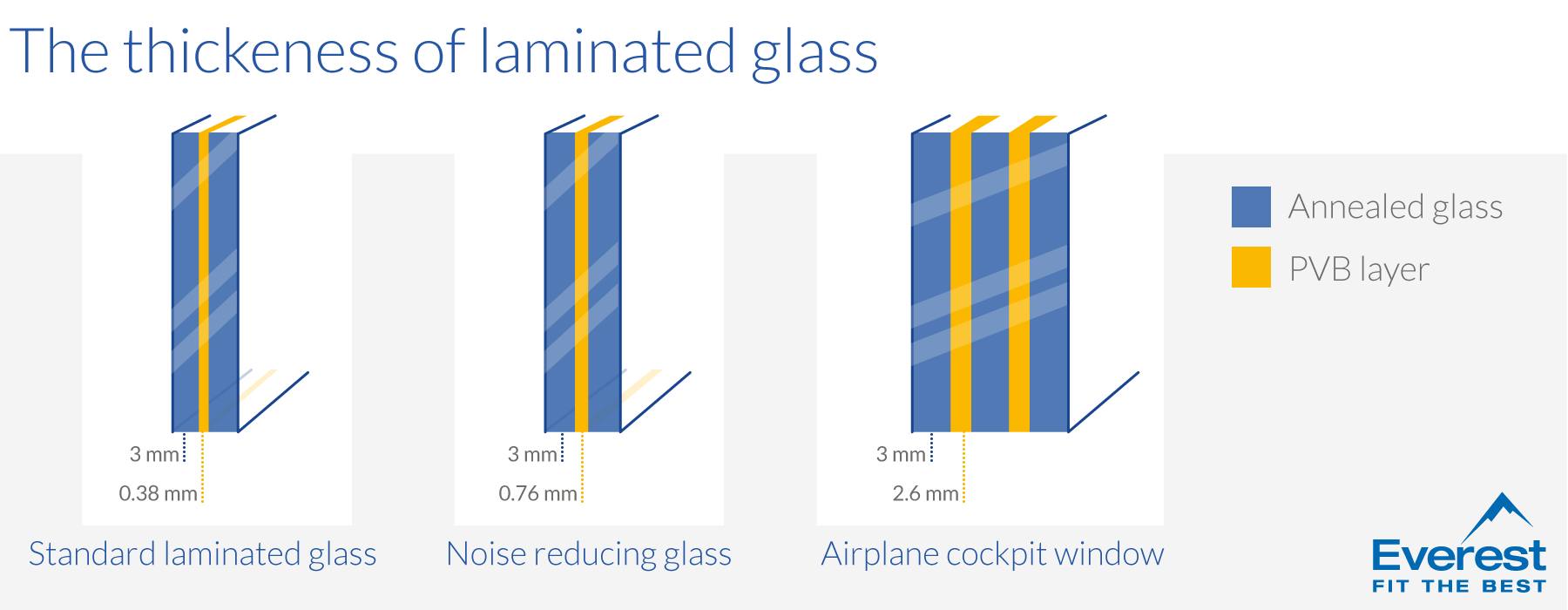
How to tell if glass is laminated?
As the laminate layer is so thin, unless you have a trained expert eye, it’s difficult to detect any perceptible difference in the glass. The only way to see the PVB layer is at the edge of the glass, but that would usually be hidden in a glazed unit.
